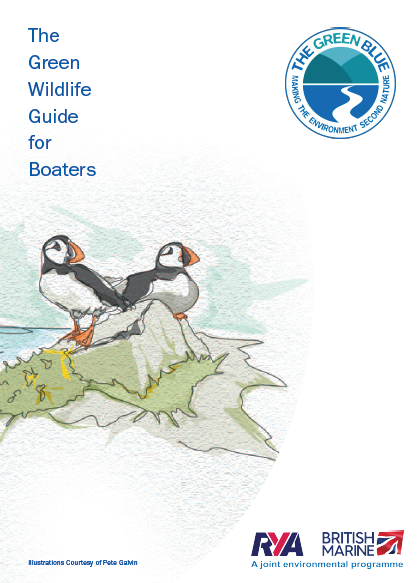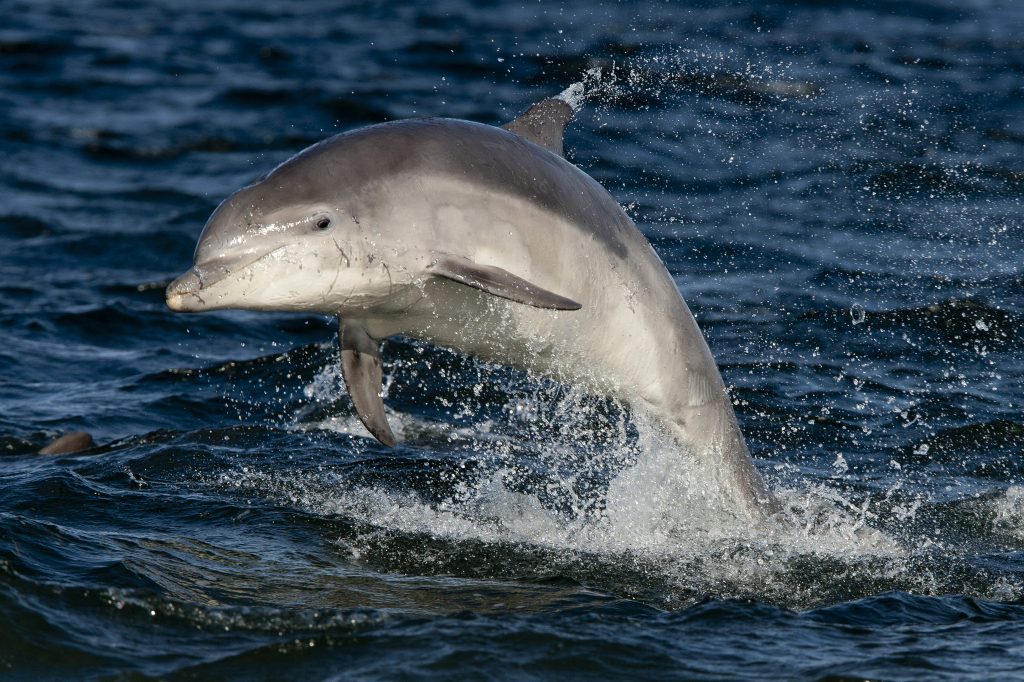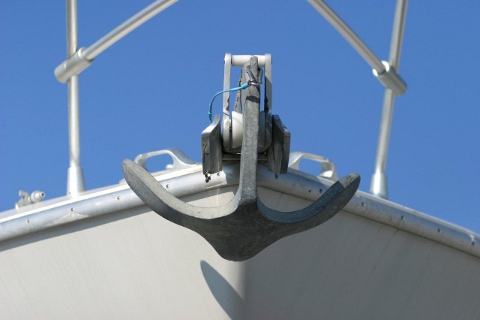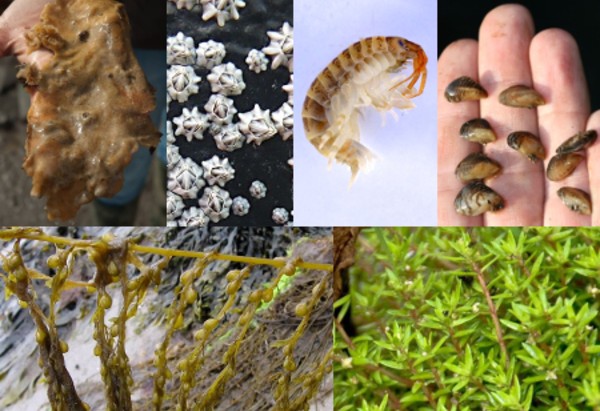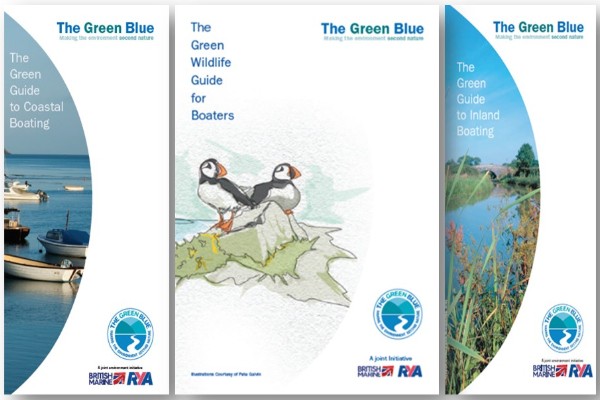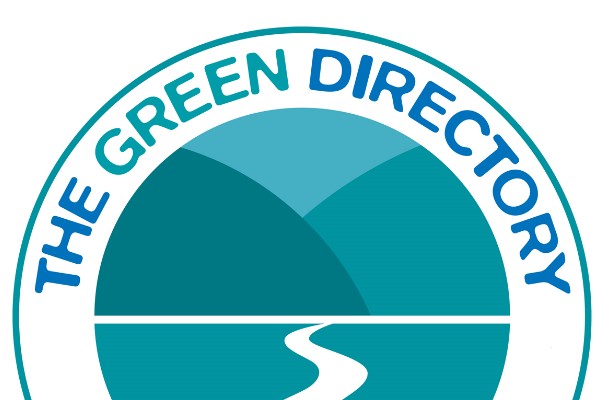Boating Around Wildlife
WHAT IS THE ISSUE?
As boaters we are always delighted to encounter wildlife when out on the water or when onshore, be it dolphins riding the bow wave, a group of seals and their pups resting on a rocky outcrop or a heron stood majestically amongst the reeds. While boating around wildlife it is important to take steps to prevent disturbing the creatures sharing our boating waters.
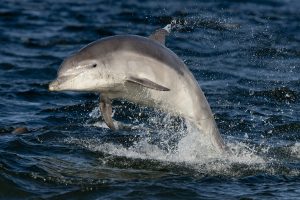
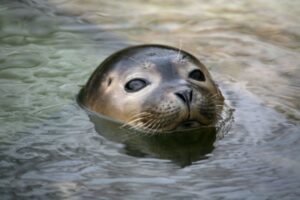
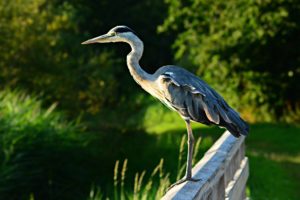
There is a wealth of wildlife and habitats for boaters to see and enjoy throughout the British Isles and off our extensive coastline, including;
- The world’s second largest fish, the basking shark, which can grow up to 6-8 meters (20-26ft) in length (but don’t be afraid – they only eat plankton!).
- Six million migratory birds, almost 50% of Europe’s bird population, make their way to the UK throughout the year.
- Seagrass beds are like the rainforest of the marine world! They provide important nursery grounds for fish, store significant amounts of carbon from the atmosphere, helping mitigate climate change impacts and help anchor and stabilise sediment reducing coastal erosion.
We share the waters we use for our recreation with an amazing array of wildlife, but the presence of boats and other water craft should not necessarily have to mean disturbance to the local wildlife. If craft are handled with sensitivity and boat users are vigilant there can be minimal or zero disturbance.
WHAT CAN YOU DO?
Download:
The Green Wildlife Guide for Boaters
Slow Down!
- Slow down to a no-wake speed when you spot wildlife in the distance or if wildlife approach you. This also help you to reduce your fuel consumption and noise levels.
Keep Quiet
- Shhhhhh! Lower voices and turn off any music. Sound can be heard over longer distances on open water and many animals have more sensitive hearing than humans.
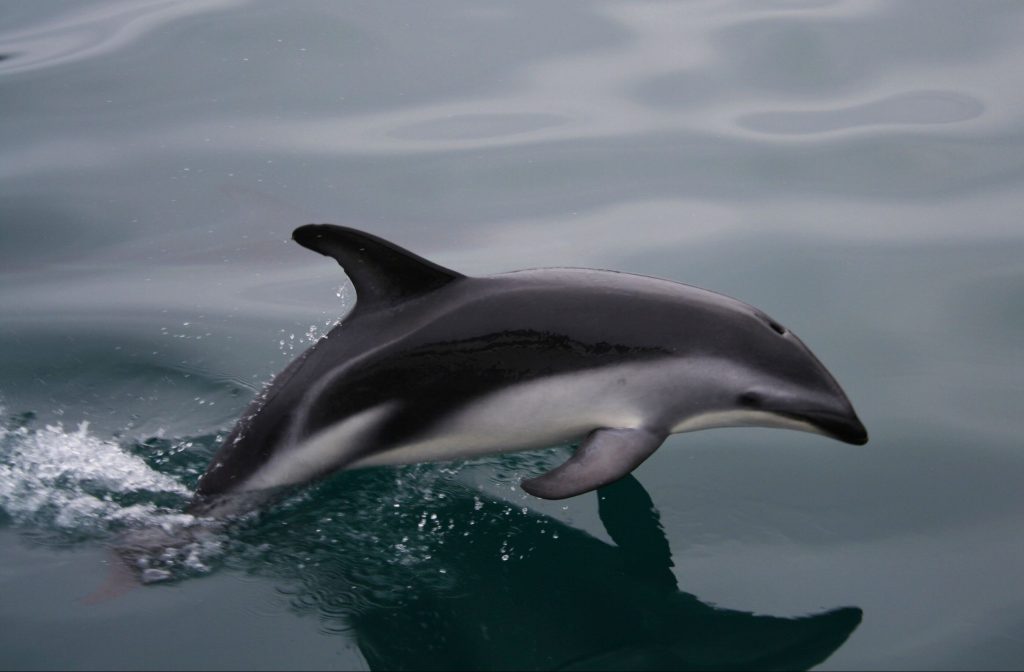
Keep your Distance
- Use binoculars! Keep 300 ft from wildlife in and on the water or on cliffs, beaches and rocky outcrops where wildlife might be feeding, resting or breeding.
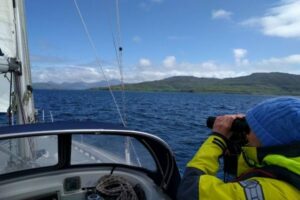
Reduce Your Wash
- Keep to designated speed limits. If in doubt, don’t exceed 4 knots when close to shorelines and banks as your wake can disturb wildlife and erode habitats.
- A well balanced and clean propeller will disturb less sediment and reduce your impact on the underwater environment.
- Sensible use of throttle and good boat handling skills can significantly reduce wash as well as improve fuel efficiency.
Direction of Travel
- Keep a consistent course when you spot wildlife in or on the water to avoid collisions. Changes in direction make you unpredictable and difficult for wildlife to know which direction to go in order to avoid your boat.
- Never approach wildlife from directly behind or in front as this is interpreted as predatory or aggressive, causing stress to wildlife.
- Avoid travelling through rafts of birds on the water or groups of animals such as dolphins, whales and seals as this can split mothers from their young
WILDLIFE PROTECTION LEGISLATION
Most of the marine wildlife you encounter around the UK are protected species. Whether you are in a Marine Protected Area (MPA) or not, it is worth noting the legislation that protects wildlife in the UK. This includes the Marine Acts, the Wildlife and Countryside Act 1981 and the Habitats regulations.
Offences might be summarised as intentionally (or, in Scotland recklessly) killing, injuring or taking a protected species, without lawful excuse; and intentionally or recklessly destroying, damaging or obstructing a protected species’ place of shelter or protection, or disturbing a protected species while within it, without lawful excuse.
Find out about different marine species and how they are protected by EU and UK wildlife legislation:
- Birds
- Cetaceans – dolphins, porpoises and whales
- Seals
- Marine turtles
- Fish – including seahorses, sharks and skates

